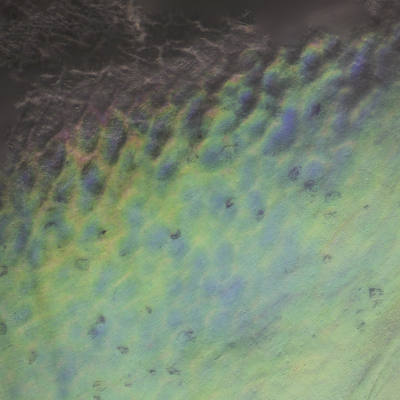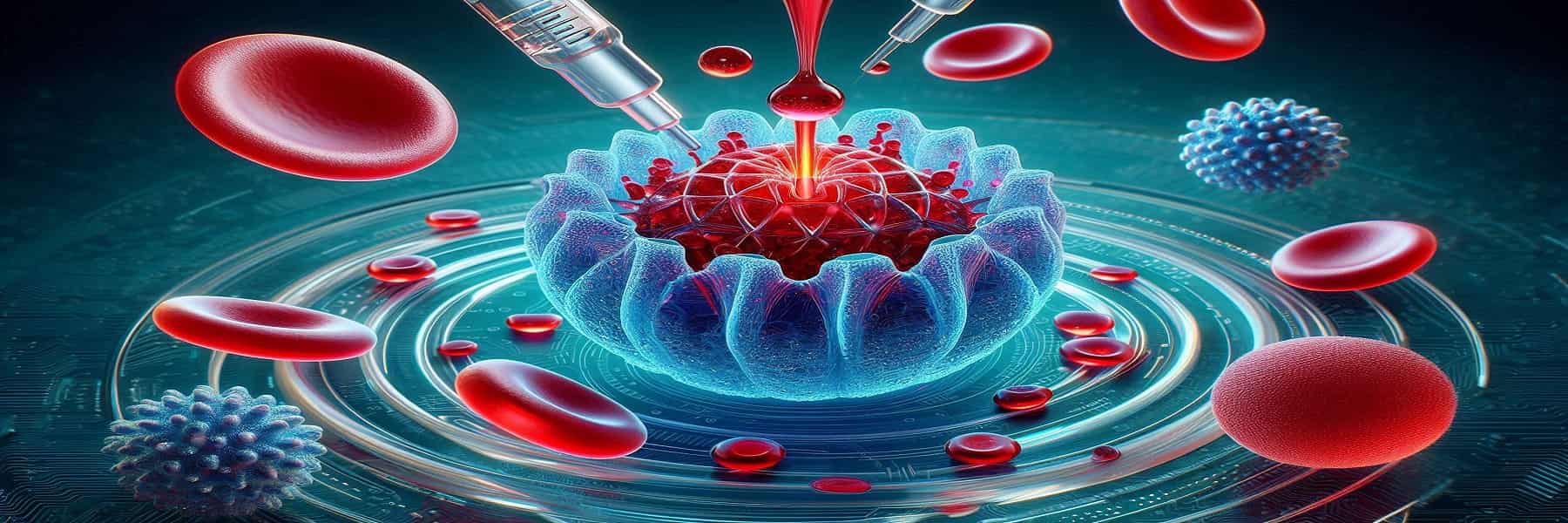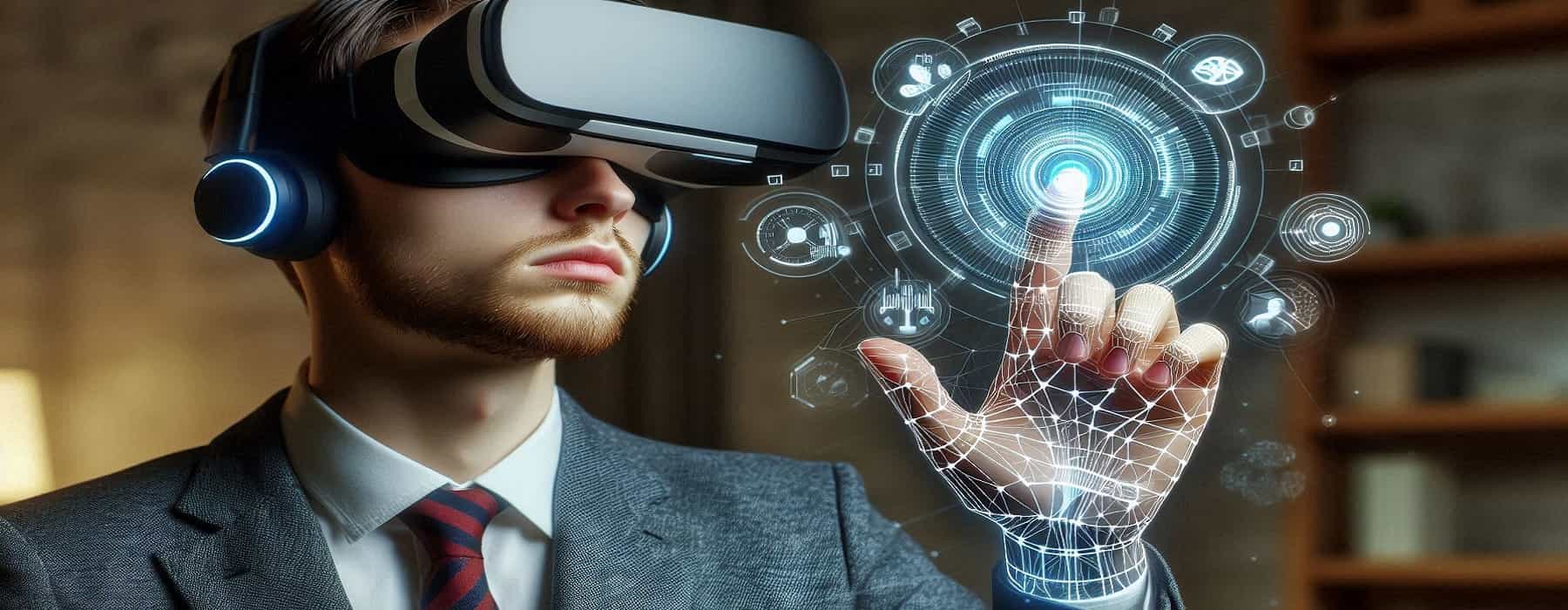SpaceX conducted the sixth test flight of Starship, aiming to push the boundaries of the rocket’s and booster’s capabilities towards making the entire system reusable.
The Super Heavy booster, equipped with all 33 Raptor engines, successfully lifted off from the pad.
Following a standard ascent, the booster separated from Starship as planned.
Since automated safety checks on the launch and catch tower detected an issue, SpaceX decided not to try and repeat the booster catch that was so spectacularly successful in the fifth text flight. The booster, following a pre-set safety protocol, safely diverted and performed a soft splashdown in the Gulf of Mexico.
Meanwhile, Starship continued its ascent, entering the expected trajectory. An important aspect of this test was the successful reignition of a single Raptor engine in space, a critical step for future missions where the spacecraft will need to deorbit.
With the aid of Starlink for live views and telemetry data, Starship navigated through reentry, executed a flip maneuver, performed a landing burn, and achieved a soft splashdown in the Indian Ocean.
The mission provided valuable data from several thermal protection experiments and the behavior of the spacecraft at high speeds and angles during reentry. These data are crucial for improving the design and operation of Starship, moving closer to the goal of routine and rapid reusability.
To the Moon and Mars
Despite not achieving the booster catch, the flight test was successful because it produced a lot of useful data that will be used for technical improvements, advancing SpaceX’s objectives for human and cargo transport to destinations like the Moon and Mars.
NASA Administrator Bill Nelson congratulated SpaceX, emphasizing the importance of the successful Raptor engine restart in space, which is a major progress towards orbital flight.
“Starship’s success is Artemis’ success,” said Nelson. “Together, we will return humanity to the Moon & set our sights on Mars.”
SpaceX hinted at a Starship test flight to Mars in 2026.
U.S. President elect Donald Trump went to Starbase to watch the launch.
Let us know your thoughts! Sign up for a Mindplex account now, join our Telegram, or follow us on Twitter.


.png)

.png)


.png)




